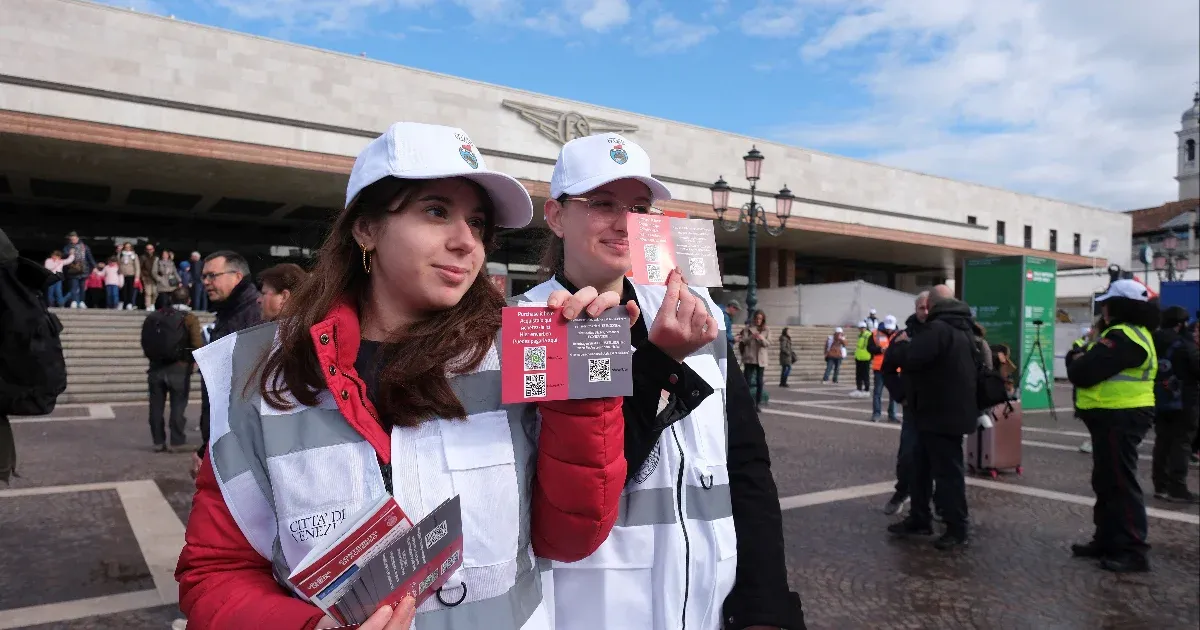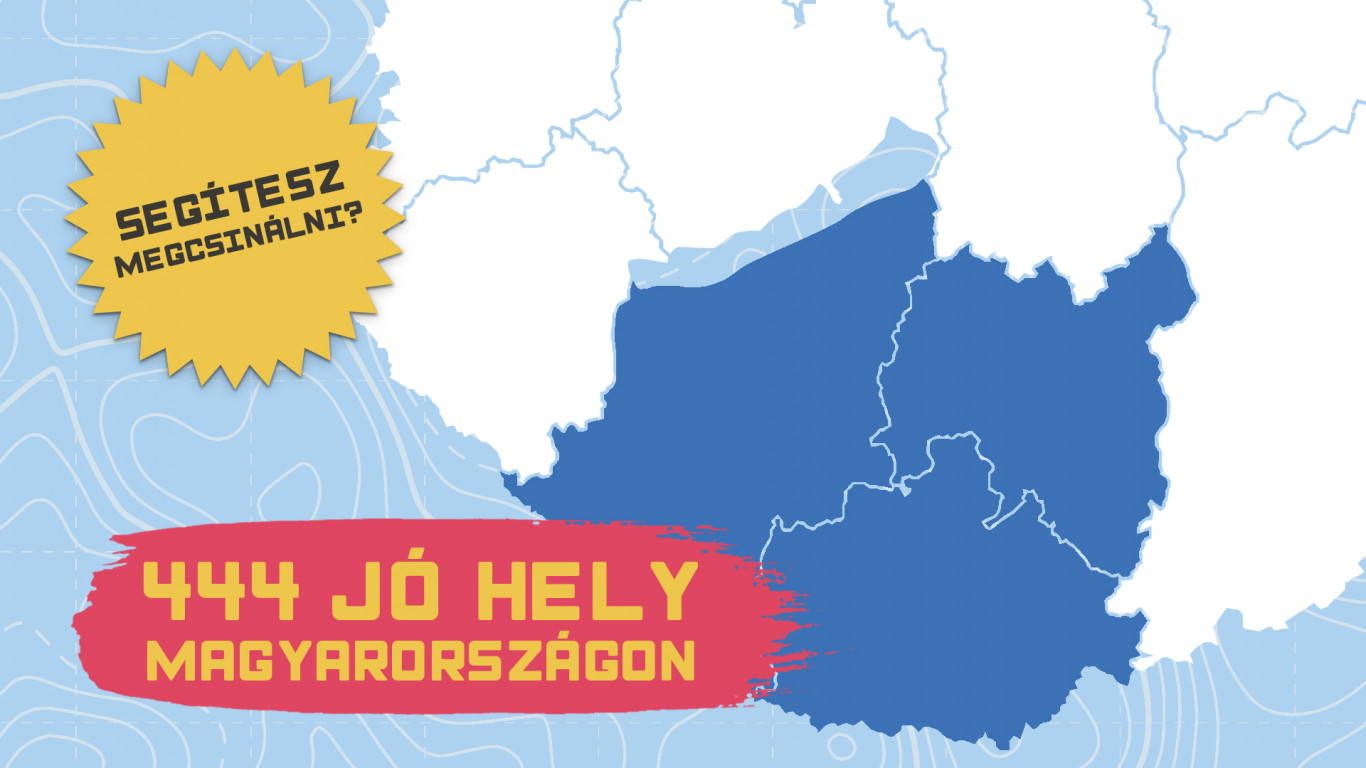According to ELKH’s announcement on Wednesday, in the research project of Anna Szécsényi-Nagy, Head of BTK AGI, which was carried out under the NKFIH Excellence Program for Young Researchers, samples of ancestors also from this region who had lived in villages around Székelyudvarhely for several generations were examined.
Samples were collected in the settlements of Inlaka, Virtosmartonos, Caniad, Bogoz, Jagi, Zintabraham, Sekivalva, Sekilidubo, Batakvalva, Farkad in 2019. Results were assessed using population genetics and phylogenetic methods in the context of modern and ancient populations geographically or historically related to the Szeklers .
The history of the Zeckler family can be traced back to the 12th century in the region, and there are many scholarly theories about their origin. The results of the current research show a predominantly local population structure, i.e. Eastern, Central and Southeast Europe, with moderate admixture with neighboring populations.
According to the report, the study authors found a high degree of heterogeneity in both the maternal (mitochondrial) and paternal (Y chromosome) genes within and between villages. Of the maternal and paternal lines, mainly European types are identified in similar proportions, but in both cases certain oriental lines can also be distinguished. Genetics analyzes confirmed the presumed eastern origin of some of the maternal and paternal lineages, and in some cases these are ancient DNA from populations in the Migration Period (5th-9th centuries AD) and the period of Magyar conquest (10th century AD). to be associated with the data.
The current Székely data series complements previous studies in Székelyland and is largely consistent with their observations – the researchers concluded that in addition to exploring the genetic diversity seen today, it is critical to examine genetic continuity, or transformation, between current and ancient populations, as Székelys trace the history of its population.
The researchers’ next genetic study will include samples from medieval Székelyudvarhely tombs in tests to explore this and extend findings to date from whole-genome analyses, also from the area around Székelyudvarhely.
The BTK AGI team’s partners in continuing the work are the BTK Archaeological Institute, the Haáz Rezs Museum in Székelyudvarhely and the István Molnár Museum in Székelykeresztúr.
The study, which was led by molecular biologist Noémi Borbély, was published in the journal Genes in January.
(MTI)












































